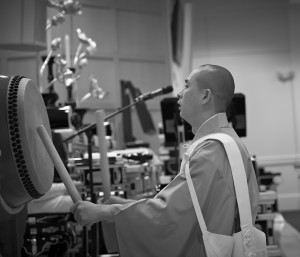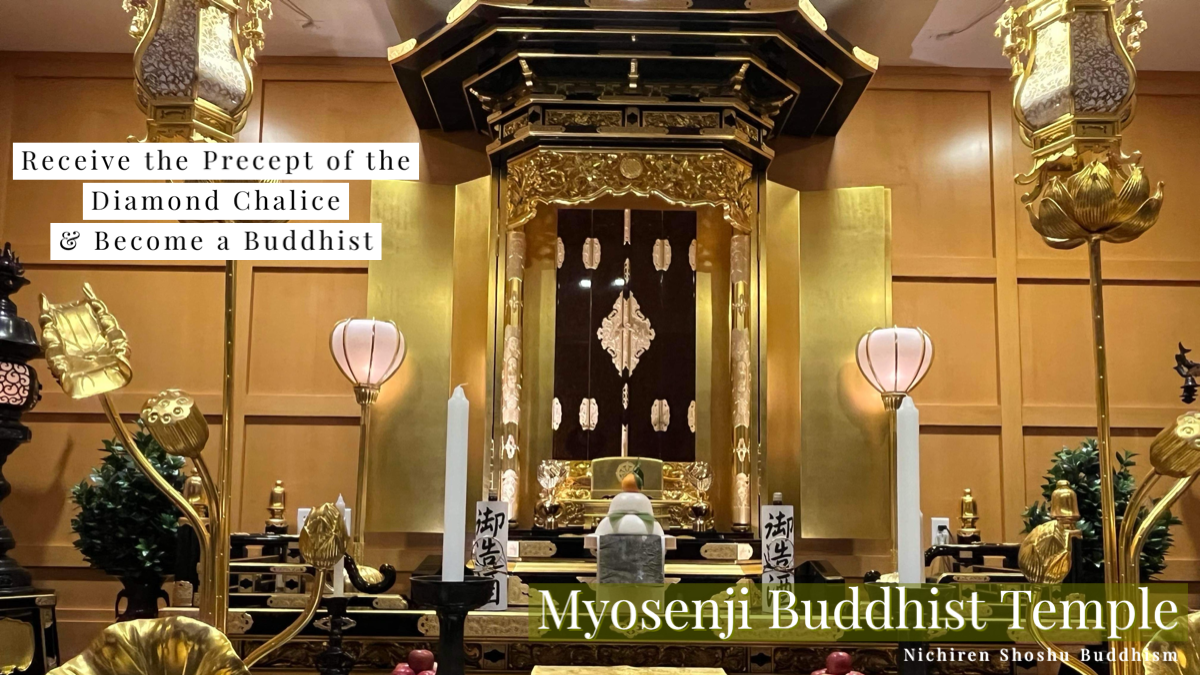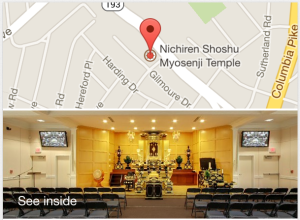
Both the blackness of the crow and the whiteness of the heron actually derive from the deep stains of their karma from the past.
Nichiren Daishonin, Gosho, p.581, written in 13th century Japan
Karma is a transliteration of the Sanskrit word, karman. It refers to all actions based on thoughts, words and deeds. Karma is the cause of both positive and negative effects in life.
There are two types of karma. The first one shukugo, is the karma from causes accumulated in past lives and the other is gengo, which is karma accumulated in this life. From the standpoint of karma, there are good deeds and bad deeds. Thus, people accumulate karma from both good and evil causes from past lives. They receive effects from their own karma as the result of cause and effect.*
Buddhism teaches there are no coincidences, no magic, in life. There is only the law of cause and effect. To think like a Buddhist is to understand karma, the law of cause and effect in our daily lives.
Lecture on Buddhism’s Concept of Karma
Visit Myosenji Temple this Sunday, January 31st, at 2:00 pm for a lecture by our Chief Priest about Karma and Buddhism.
- Brief Lecture by Chief Priest on Karma
- Learn how to chant Nam Myoho Renge Kyo and properly use the Juzu Beads, Buddhist prayer beads.
- Q&A with our Chief Priest.
- The meeting starts at 2:00 pm and concludes around 3:15 pm. Open to the public.
If you have decided to become a Buddhist or are interested in learning how to become a Buddhist, Rev Murata will be performing the Acceptance of the Precept Ceremony, the ceremony where you become a Buddhist, immediately following the meeting.
* Excerpted from: Nichiren Shoshu Monthly, Basic Buddhist Terms, Karma, January, 2016, p.17.


